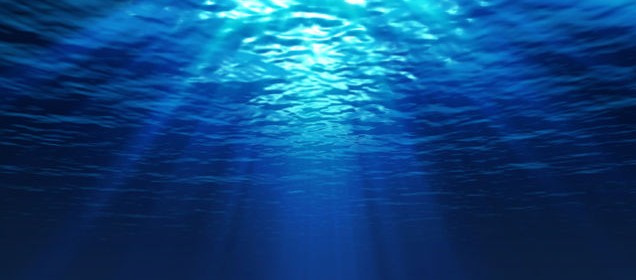Freshwater under the ocean

Vast reserves of freshwater have been discovered beneath the seabed of continental shelves off Australia, China, North America, and South Africa—a potentially valuable resource for coastal cities needing to alleviate water shortages or combat drought. The finding comes from a new analysis of seafloor water studies conducted for oil and gas exploration purposes. The total volume of these untapped reserves is estimated at 120,000 cubic miles, “a hundred times greater than the amount we’ve extracted from the earth’s subsurface in the past century since 1900,” says Australian hydrogeologist Vincent Post. The reserves were formed hundreds of thousands of years ago, when sea levels were much lower and much of the ocean floor was dry land. Rainwater seeped into the ground and filled up the water table, which was later sealed off by protective layers of clay and sediment and covered as the oceans rose. Scientists say that the water could be tapped by drilling and that its salinity is low enough that it could be converted readily into potable water. By 2025 two thirds of the world’s population will no longer have a secure water supply, according to the United Nations.

 Print
Print